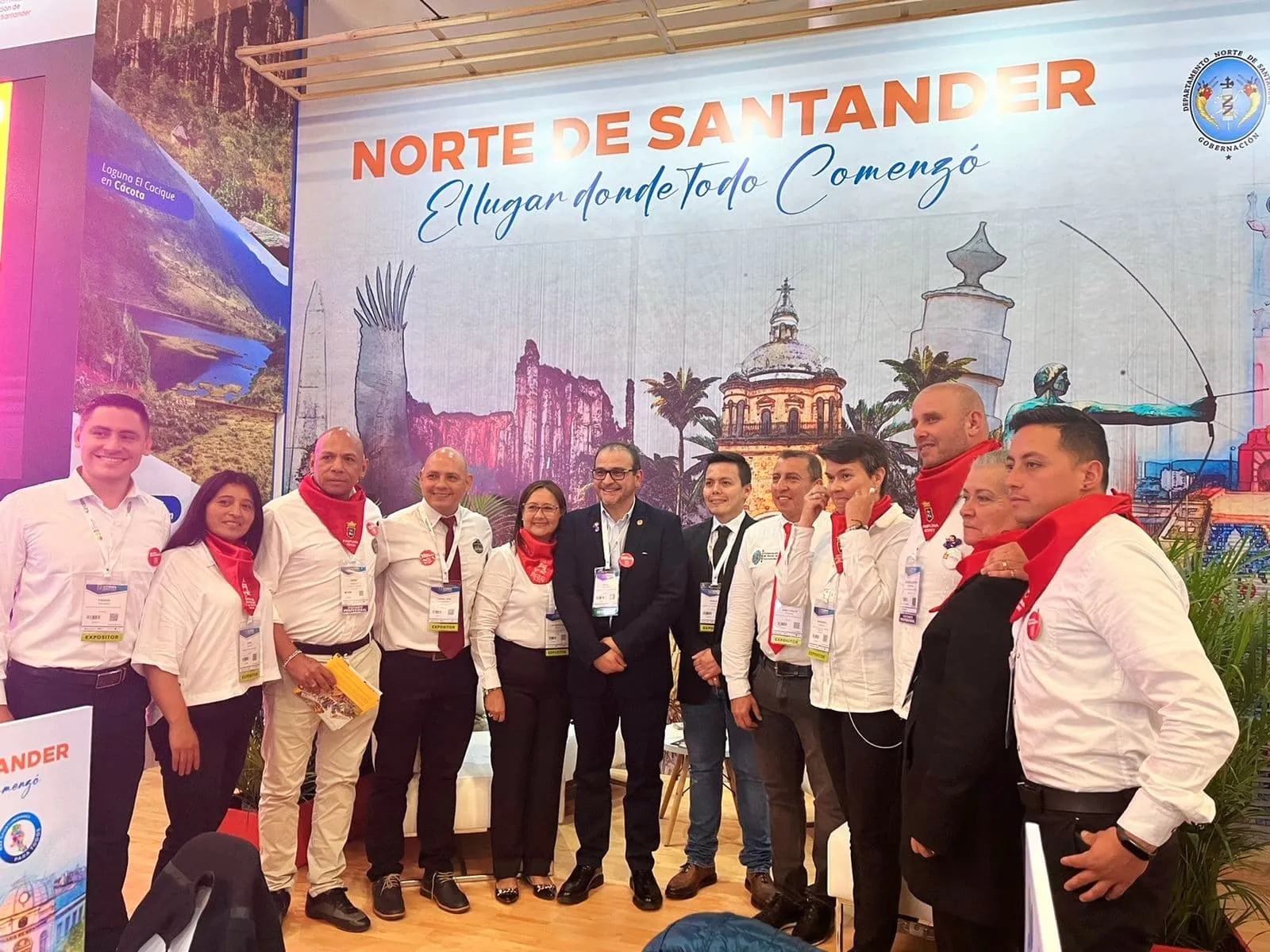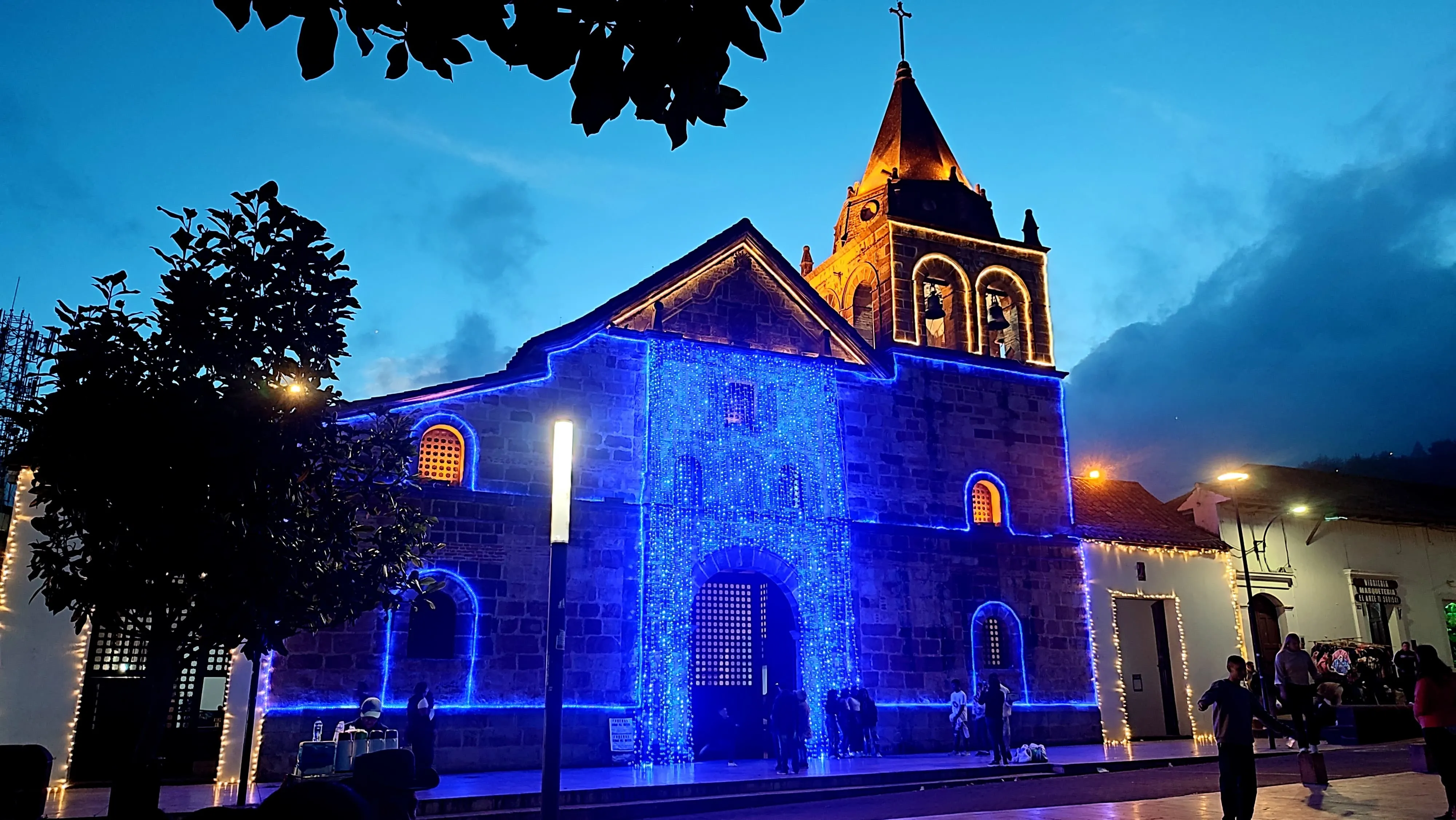Articles
Legends and traditions of Norte de Santander: stories that live in the mountains.
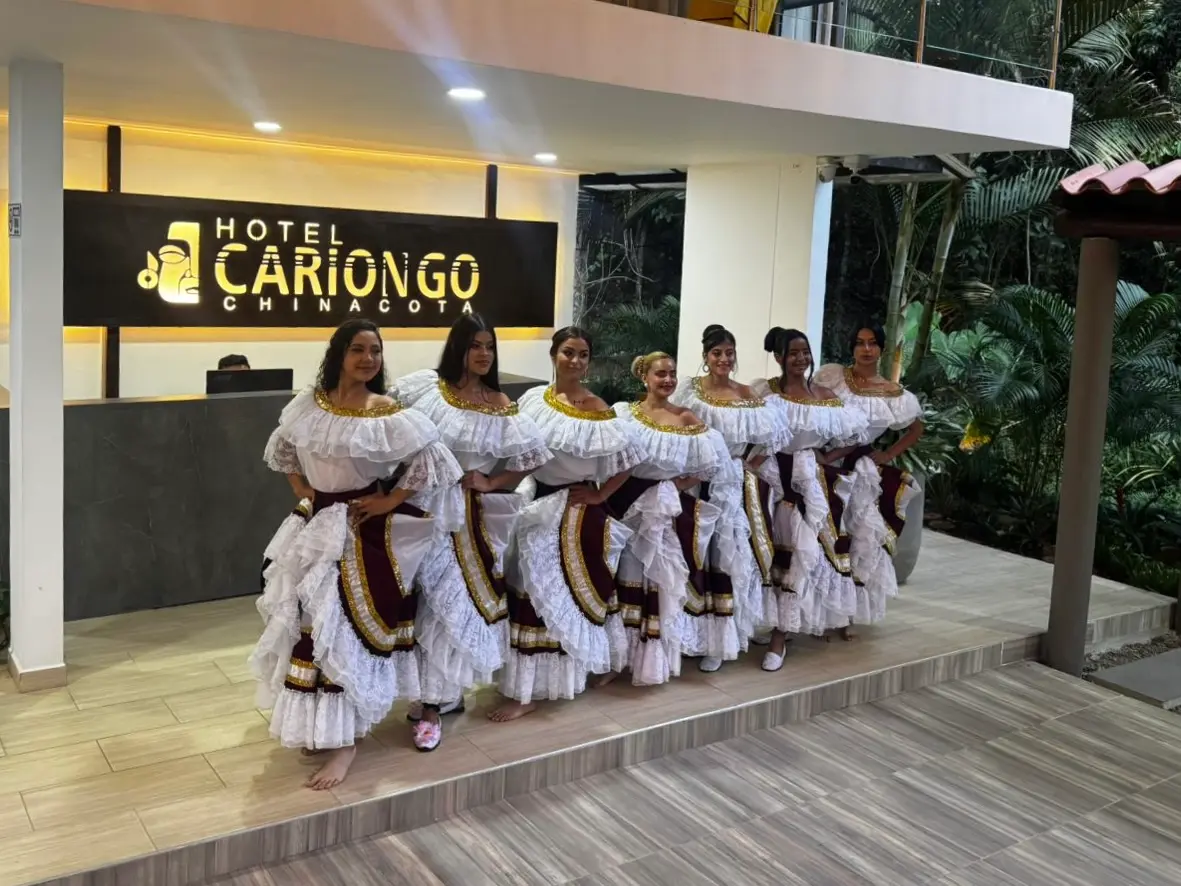
In the mountains of Norte de Santander, history is not only told in books or on the walls of colonial mansions. It also lives in the voices of grandparents, in the stories that circulate in the plazas, on the cobblestone roads and in the bonfires that light up the cold nights. Pamplona and Chinácota, two emblematic destinations in this region, are guardians of a cultural heritage that combines religion, myths, music, gastronomy and customs passed down from generation to generation.
Exploring these lands is not only walking through green trails or admiring the colonial churches. It is also listening, feeling and immersing yourself in the universe of stories that give identity to the communities and that, in a way, turn each visit into a journey through time.
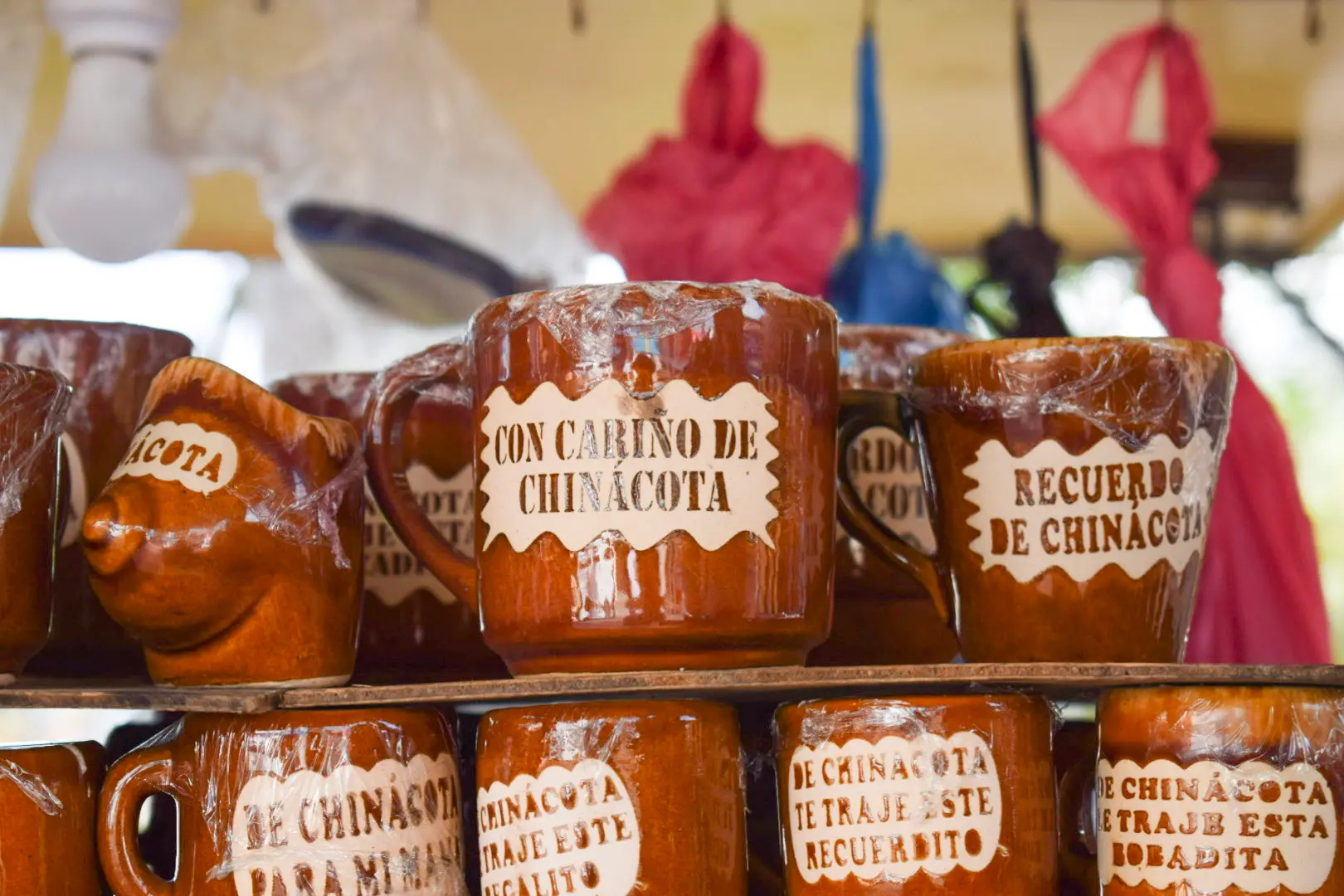
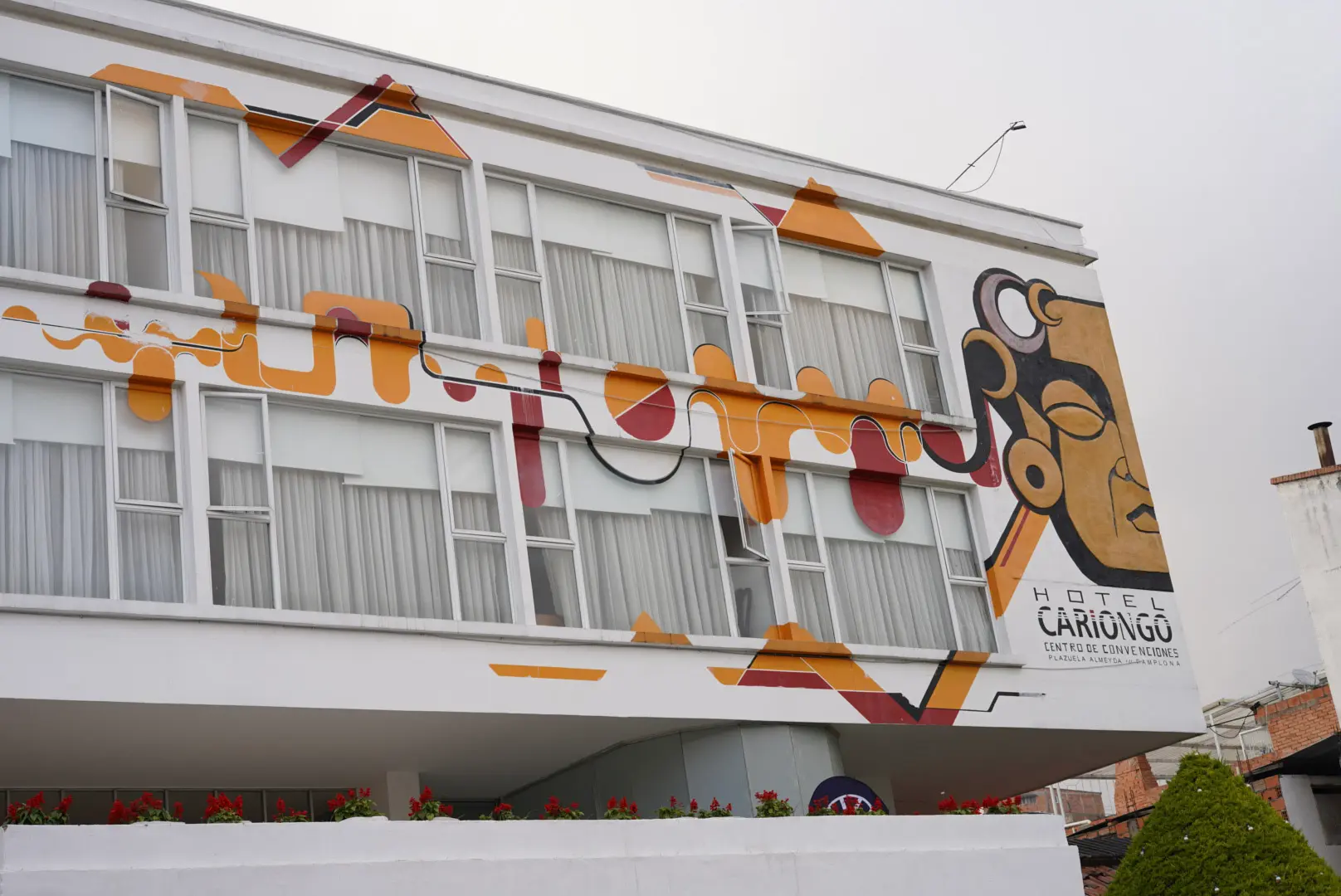
Legends as a mirror of the mountain
The legends of Norte de Santander are a fascinating mixture of religious beliefs, collective fears, historical events and nature, many of them born in the towns and villages of Pamplona and Chinácota, where the mountains seem to keep secrets.
One of the best known stories is that of the Duende Travieso, a small and playful being that, according to the story, appears at night to scare the unsuspecting or hide objects in the houses. It is said that in the rural areas near Chinácota it was common to hear children talk about this character, who represented both mischief and the need to explain the inexplicable.
Another recurring legend is that of La Llorona, present in several regions of Colombia, but with its own nuances in these lands. In Pamplona, it is said that her lament was heard near rivers and streams, reminding the inhabitants of the importance of respect for nature and family life.
These stories not only entertained, but also fulfilled a social function: to teach, warn and reinforce values through fear and imagination.
Traditions that keep identity alive
Beyond the legends, Pamplona and Chinácota preserve a calendar full of cultural and religious traditions that are part of the daily life of its inhabitants.
In Pamplona, for example, religious celebrations continue to set the pace of life. Although Holy Week is the most recognized, during the year there are also festivities in honor of the Virgen del Carmen or San Pedro Claver, which fill the streets with processions, music and typical gastronomy.
In Chinácota, the festive atmosphere is combined with the hospitality of its inhabitants. Family gatherings around food, traditional games and village festivals create a space where tradition is intertwined with joy. There, time seems to stand still to remember what really matters: sharing and keeping alive the inherited customs.
The power of oral tradition
One of the greatest treasures of the region is the oral tradition. Grandfathers and grandmothers are storytellers par excellence, capable of transforming a simple night into a journey through tales of ghosts, miracles, goblins or historical characters.
Many homes in Pamplona still preserve the custom of gathering in the living room, especially on cold nights, to listen to stories that have been passed down from generation to generation. In Chinácota, outdoor spaces, such as the patios and corridors of colonial houses, become scenarios where the word keeps alive the bond with the ancestors.
Listening to these stories is not only entertainment, it is an act of memory and cultural resistance that strengthens local identity.
Music, dances and celebrations: tradition in motion
The tradition of Norte de Santander is not limited to what is told: it is also danced, sung and celebrated. Andean music, bambucos, coplas and folkloric dances are part of the cultural heritage that is kept alive in Pamplona and Chinácota.
In the patron saint festivities, for example, it is common to see how the streets are filled with comparsas, musical groups and dancers whose energy is contagious to locals and visitors. Each presentation is a display of creativity, but also of memory: behind each song or dance there are stories of resistance, love and community.
Gastronomy rooted in tradition
Food also carries legends and memories. Santander's mute, with its mix of local ingredients, not only feeds the body, but also tells a story of community and abundance. Arepas de maíz pelao and almojábanas evoke the simplicity of peasant life, while handmade sweets connect with family feasts and celebrations.
In Pamplona and Chinácota, sitting at the table is a way to revive traditions. Each typical dish is a heritage that speaks of the land, of the cold weather that invites hot soups and of the creativity of those who transform simple ingredients into memorable delicacies.
Living legends in nature
The geography of the region, with its mountains, rivers and moors, is also the scene of myths and traditions. Many farmers claim that mysterious figures appear on lonely roads, or that certain streams have spirits that protect the water.
These beliefs, beyond the fantastic, fulfill a function of respect for the environment. The mountain is not only landscape: it is home, it is memory, and it is a symbol of the sacred. For visitors, touring these places is an opportunity to connect with nature from another perspective, recognizing that every corner has a story to tell.
Hotel Cariongo: a refuge in the midst of tradition
For those who come to Pamplona or Chinácota looking for not only rest, but also cultural connection, Hotel Cariongo becomes a meeting point. Its cozy spaces, inspired by the warmth of the region, invite you to experience the hospitality of nortesantandandereana with all the modern comfort.
In addition, the hotel's location makes it easy to explore the cultural and natural attractions of both cities, making it the perfect place to rest after touring churches, mansions, trails or listening to local legends.
Staying at Hotel Cariongo is not only sleeping in the mountains: it is immersing yourself in the living tradition, enjoying the typical gastronomy and discovering the soul of the region in every detail.
Traveling is also listening
In an increasingly fast-paced world, traveling to Pamplona and Chinácota reminds us of the importance of stopping to listen. To listen to the mountains, the river, the ancient streets and, above all, to the people who keep their traditions alive.
Every legend, every story and every celebration is part of a heritage that stands firm, resisting oblivion and offering visitors an authentic experience.
Thus, October becomes the perfect month to let yourself be enveloped by the mystery, warmth and memory of Norte de Santander. And between mountains and traditions, Hotel Cariongo awaits you to be part of this story.







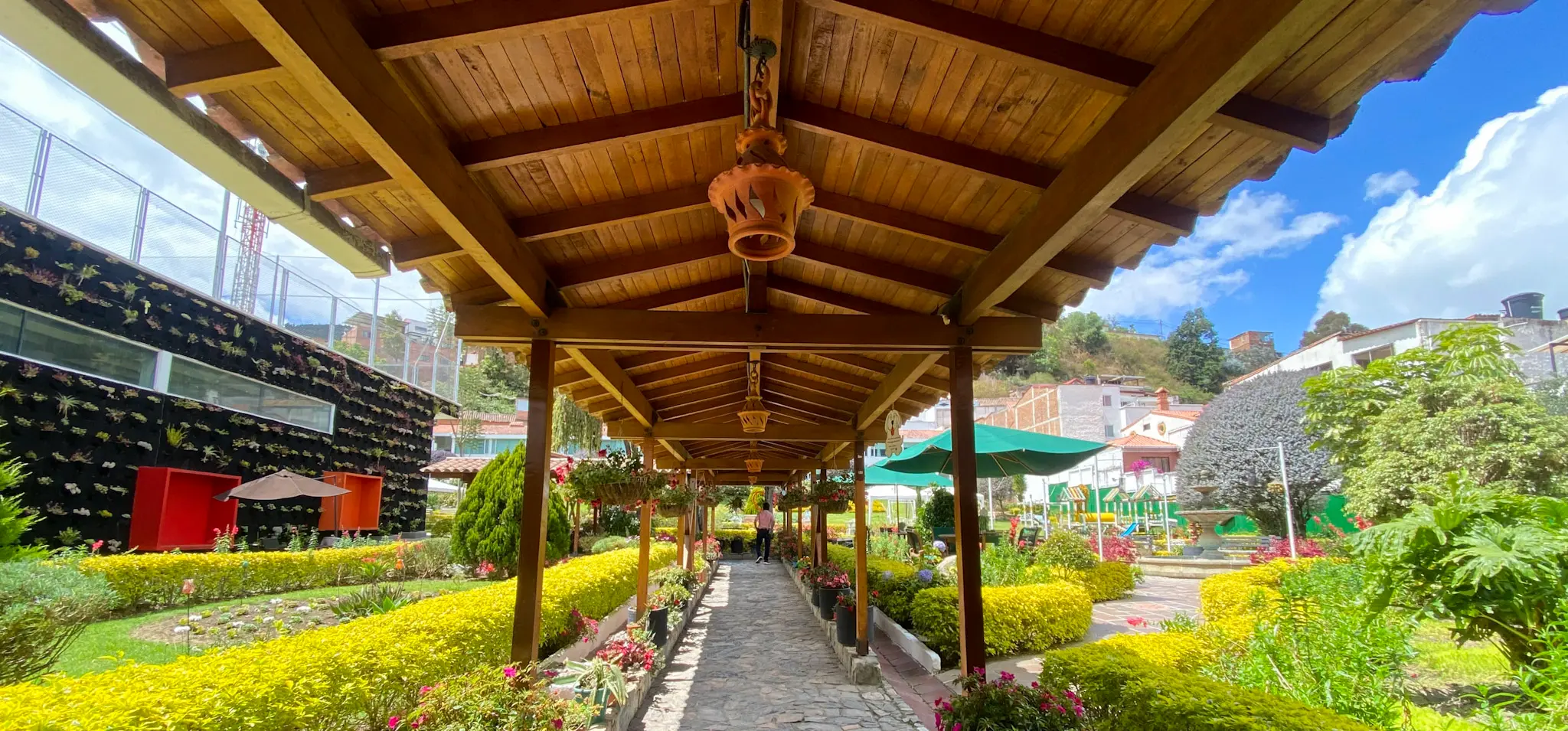
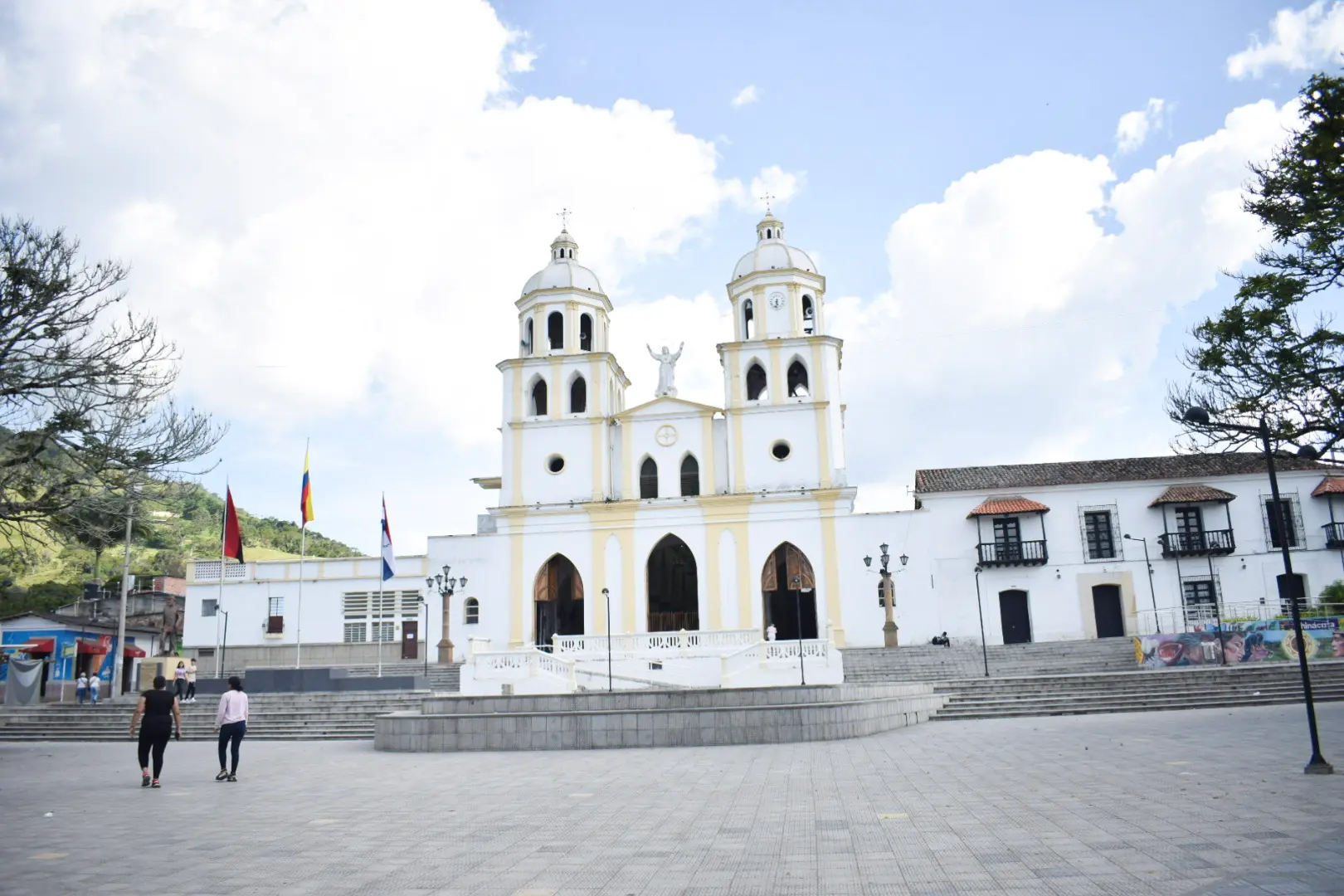
.webp)

%20(1).webp)
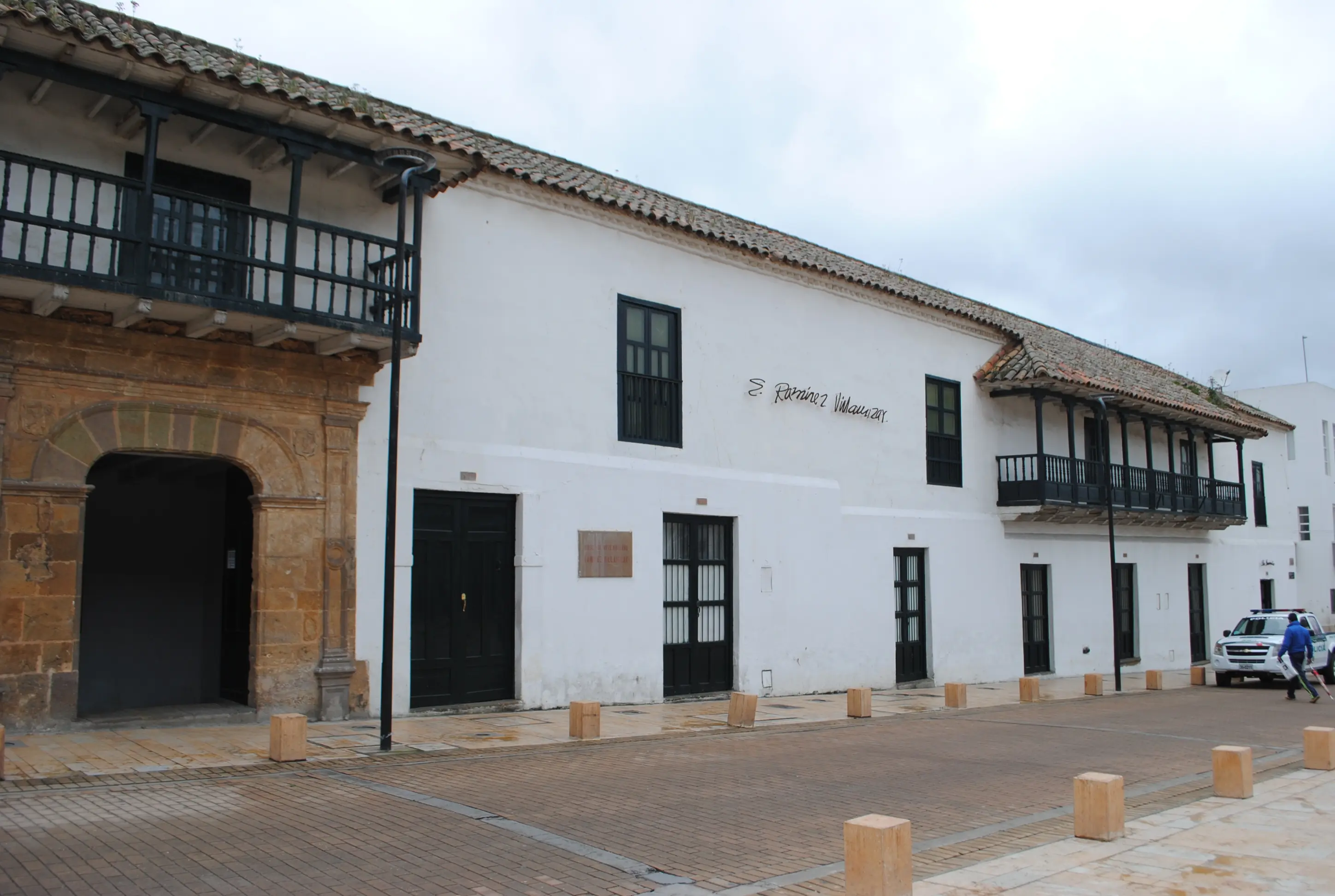
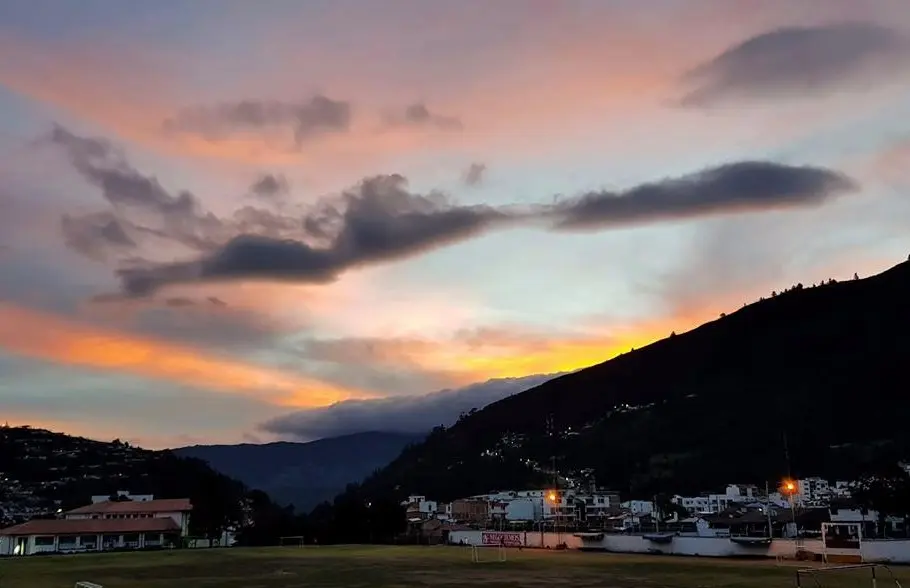
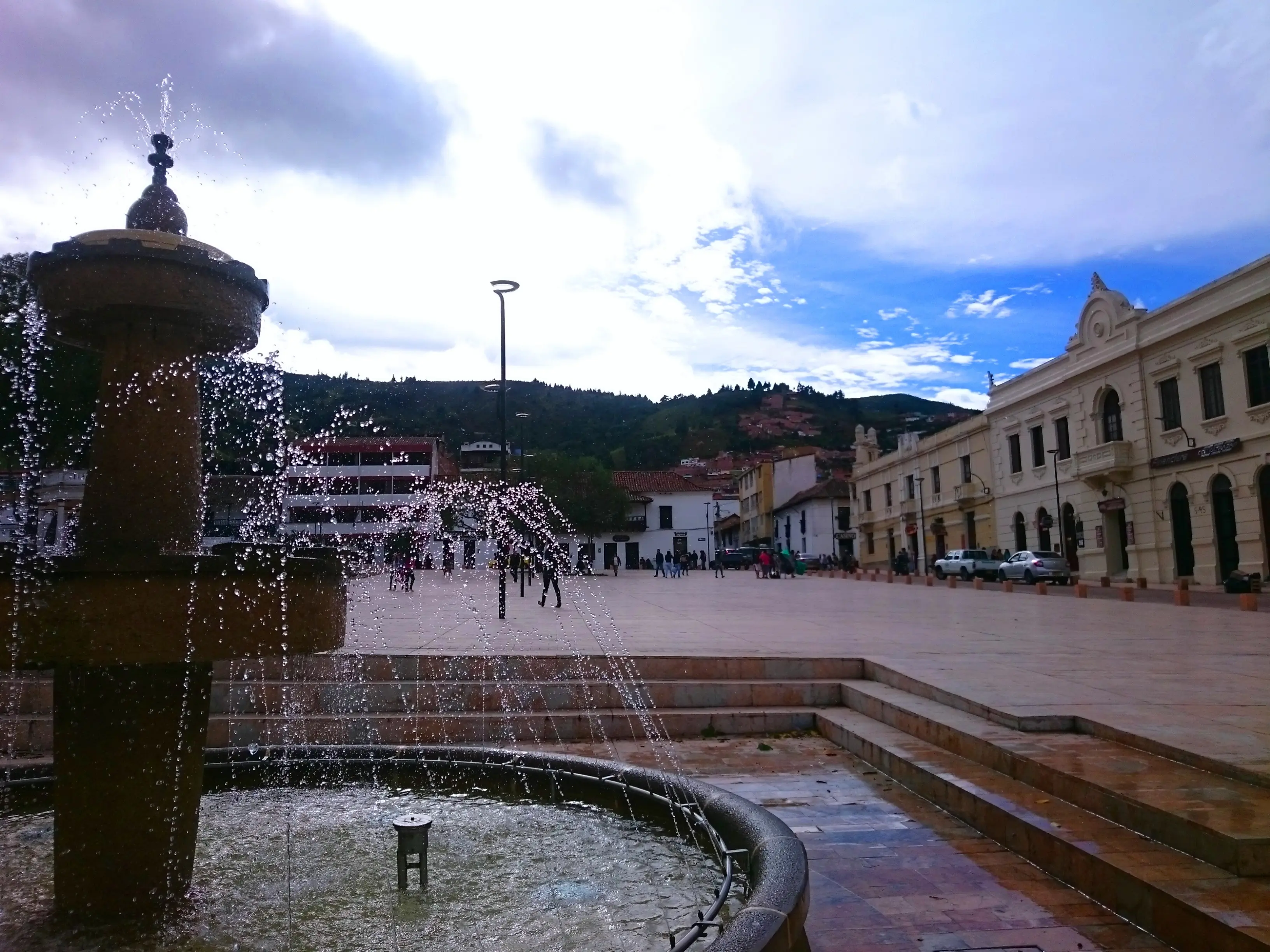
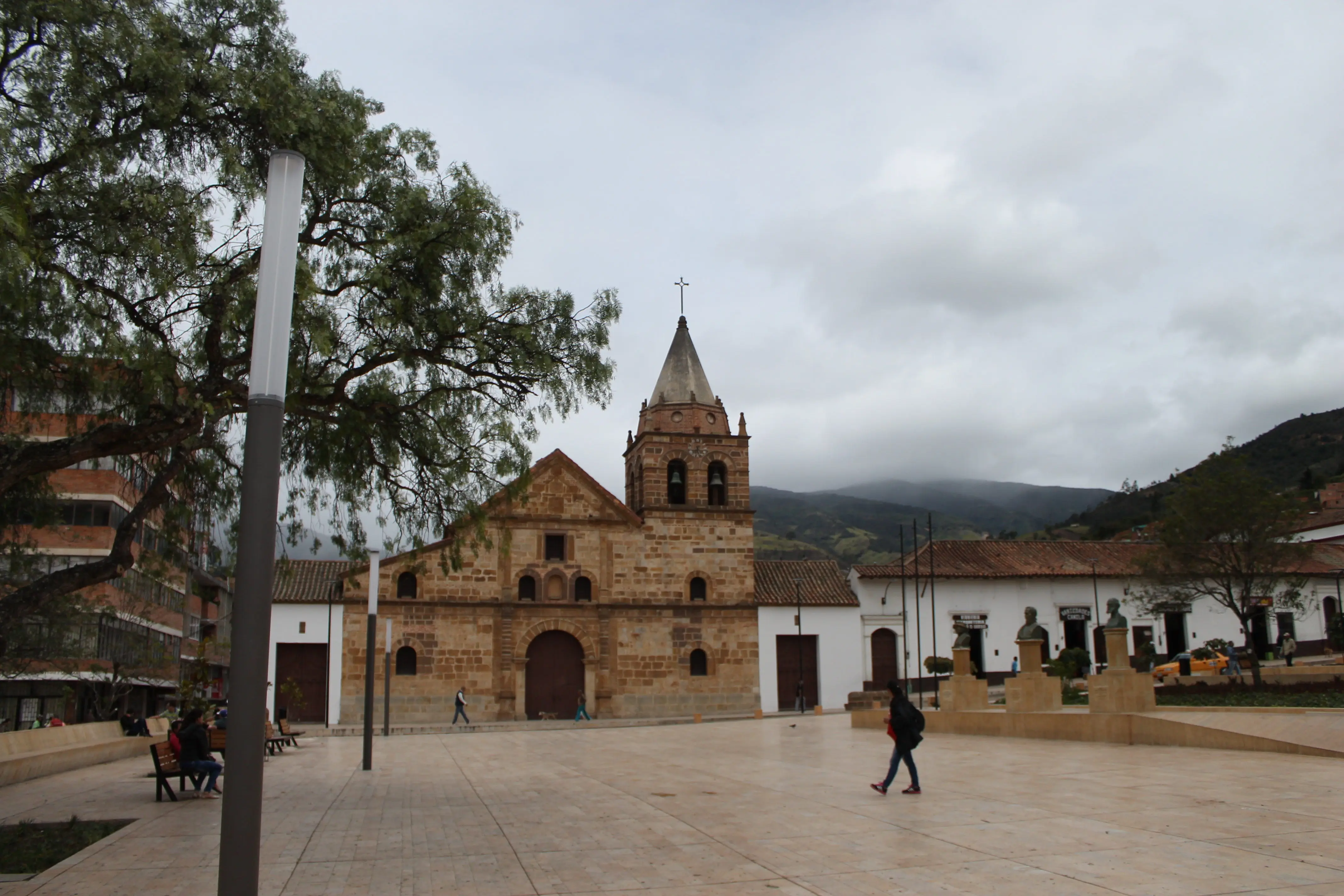

.webp)
.webp)








